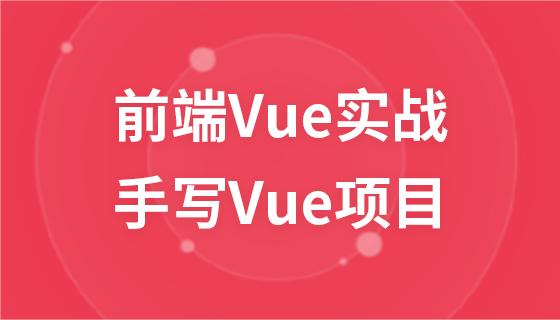
Course2857
Course Introduction:Course introduction: 1. Cross-domain processing, token management, route interception; 2. Real interface debugging, API layer encapsulation; 3. Secondary encapsulation of Echarts and paging components; 4. Vue packaging optimization and answers to common problems.
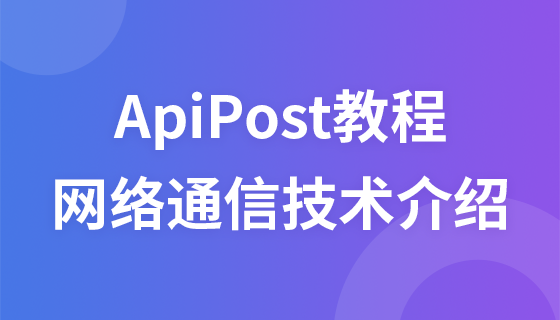
Course1795
Course Introduction:Apipost is an API R&D collaboration platform that integrates API design, API debugging, API documentation, and automated testing. It supports grpc, http, websocket, socketio, and socketjs type interface debugging, and supports privatized deployment. Before formally learning ApiPost, you must understand some related concepts, development models, and professional terminology. Apipost official website: https://www.apipost.cn

Course5521
Course Introduction:(Consult WeChat: phpcn01) The comprehensive practical course aims to consolidate the learning results of the first two stages, achieve flexible application of front-end and PHP core knowledge points, complete your own projects through practical training, and provide guidance on online implementation. Comprehensive practical key practical courses include: social e-commerce system backend development, product management, payment/order management, customer management, distribution/coupon system design, the entire WeChat/Alipay payment process, Alibaba Cloud/Pagoda operation and maintenance, and project online operation. .....

Course5172
Course Introduction:(Consult WeChat: phpcn01) Starting from scratch, you can solve conventional business logic, operate MySQL with PHP to add, delete, modify, and query, display dynamic website data, master the MVC framework, master the basics of the ThinkPHP6 framework, and learn and flexibly master all knowledge involved in PHP development. point.

Course8713
Course Introduction:(Consult WeChat: phpcn01) The learning objectives of the front-end development part of the 22nd issue of PHP Chinese website: 1. HTML5/CSS3; 2. JavaScript/ES6; 3. Node basics; 4. Vue3 basics and advanced; 5. Mobile mall/ Website background homepage layout; 6. Automatic calculation of tabs/carousels/shopping carts...
New title: New script does not correctly display strange character encoding of stored data
2023-11-17 10:51:01 0 2 273
Nuxt.js SSG (Static Site Generator) Get API Data
2023-11-16 21:36:07 0 1 176
JavaScript: Does the RegExp.escape function exist?
2023-11-16 17:41:27 0 2 232
Download pdf from Laravel API via Axios in VueJS 3
2023-11-16 12:48:50 0 2 301
Using triggers and constraints to limit the number of records in MySQL
2023-11-14 13:35:02 0 4 434
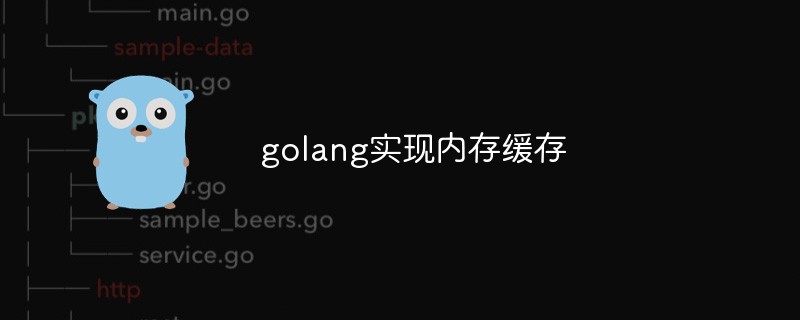
Course Introduction:As Internet technology continues to develop, demand and data volume are also increasing. For some applications with large amounts of data, how to read and write data efficiently has become an important issue. Memory caching technology emerged as the times require and has become a key technology to improve data reading and writing efficiency and application performance. This article will discuss how to implement memory caching using golang. What is memory cache? Memory caching is a technology that caches data in memory to improve the efficiency of data reading and writing. Compared to getting data from disk or database for each read and write, the memory cache can quickly read and write
2023-05-14 comment 0442
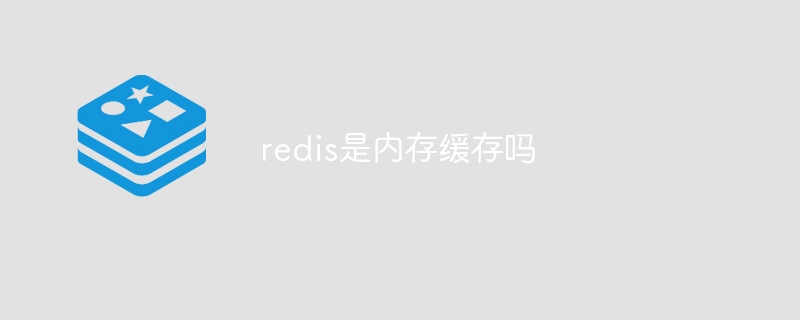
Course Introduction:Yes, Redis is an in-memory cache. It stores data in memory, provides high-speed read and write access, low latency, and supports a variety of data structures. It is widely used in applications such as caching, message queuing, session management, and ranked lists.
2024-04-20 comment 0442
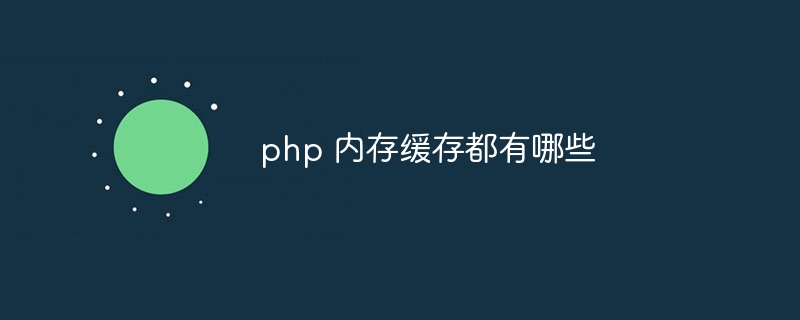
Course Introduction:PHP 中有六种内存缓存类型:APC、eAccelerator、Memcached、Redis、Zend Server with PHP 和 Opcache,分别适用于不同规模的应用程序,提供不同的功能,如共享内存存储、编译缓存、分布式存储、键值存储、自动清除缓存和代码分析等。
2024-08-01 comment129
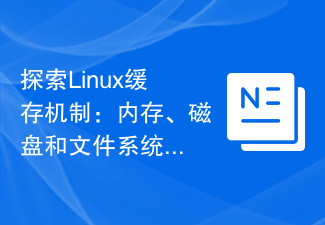
Course Introduction:In-depth understanding of Linux cache mechanism: memory cache, disk cache and file system cache Introduction: In Linux systems, cache is an important mechanism used to speed up data access and improve system performance. This article will delve into the three caching mechanisms in Linux: memory caching, disk caching, and file system caching, and provide specific code examples to help readers better understand and use these caching mechanisms. 1. Memory cache Memory cache means that the Linux system caches file data on the disk in the memory to reduce the impact on the disk.
2024-01-23 comment698
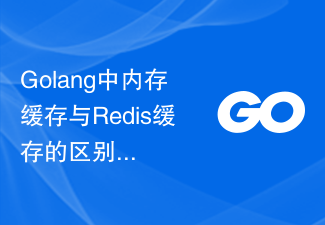
Course Introduction:As applications continue to grow in size, so does the need for data. Caching, as an optimized way to read and write data, has become an integral part of modern applications. In terms of cache selection, Golang's built-in memory cache and Redis cache are relatively common choices. This article will compare and analyze the two to help readers make a more appropriate choice. 1. The difference between memory cache and Redis cache. Data persistence. The biggest difference between memory cache and Redis cache is the persistence of data.
2023-06-19 comment 0801